The recent incident at the Guggenheim Museum, where a janitor mistakenly destroyed a valuable piece of contemporary art, has reignited debates about the fragility of modern artworks. The piece, an installation by a prominent artist, was inadvertently discarded during routine cleaning. This event raises pressing questions: How vulnerable is contemporary art to such accidents? And what does this say about the nature of art itself in the 21st century?
The Unfortunate Incident at the Guggenheim
Details of the mishap remain somewhat murky, but reports indicate that the cleaning staff mistook the artwork for trash. The installation, which incorporated everyday materials like cardboard and tape, was part of an exhibition exploring themes of impermanence and consumer culture. Ironically, the very qualities that made the piece conceptually compelling—its ephemeral, disposable appearance—led to its untimely demise. The museum has since issued a statement expressing regret, though some critics argue the incident underscores a deeper issue: the precariousness of contemporary art in institutional settings.
The Delicate Nature of Contemporary Art
Unlike classical paintings or sculptures, many modern artworks are designed to challenge traditional notions of durability. From Damien Hirst’s formaldehyde-preserved animals to Felix Gonzalez-Torres’s stacks of candy meant to be taken by visitors, contemporary art often embraces fragility as part of its message. This intentional vulnerability, however, creates a paradox. While the art world celebrates these works for their conceptual boldness, their physical instability makes them susceptible to accidents, misinterpretation, and even deliberate destruction.
Conservators face unprecedented challenges with such pieces. Traditional restoration techniques are often useless when dealing with unconventional materials like food, light, or even air. The Guggenheim incident is not an isolated case. In 2004, a cleaner at a London gallery threw away a bag of rubbish that was, in fact, an artwork by Gustav Metzger. In 2011, a visitor to an exhibition in Poland accidentally smashed a valuable sculpture while taking a selfie. Each of these episodes highlights the thin line between art and everyday objects in the contemporary landscape.
Who Bears the Responsibility?
The question of accountability in such cases is complex. Should museums provide clearer guidelines to staff about what constitutes art? Or should artists anticipate these risks when creating works that blur the boundaries between art and trash? Some argue that institutions must adapt their protocols to accommodate increasingly unconventional artworks. Others contend that artists themselves share the burden—if a piece is too easily mistaken for debris, is it truly the cleaner’s fault?
Legal ramifications add another layer of complication. When an artwork is destroyed, who is liable? The museum? The employee? The artist, for creating something so easily misidentified? Courts have grappled with these questions before, but precedents are scarce. In most cases, settlements occur behind closed doors, leaving the art world without clear guidelines for future incidents.
The Cultural Value of Ephemeral Art
Beyond the practical concerns, the Guggenheim incident forces us to confront deeper philosophical questions. If a work of art can vanish so easily, does that diminish its significance? Or does its fragility, in fact, enhance its meaning? Artists like Banksy have played with this idea—his "Girl with Balloon" famously self-destructed after being auctioned at Sotheby’s. The act of destruction became part of the artwork’s narrative, elevating its cultural impact.
Perhaps the vulnerability of contemporary art is its greatest strength. In a world where so much is built to last, art that embraces transience challenges our assumptions about value and permanence. The Guggenheim cleaner’s mistake, while unfortunate, may ultimately serve as a reminder: in contemporary art, even destruction can be part of the story.
Moving Forward: A Call for Dialogue
Rather than assigning blame, the art world might use this moment to foster better communication between artists, institutions, and staff. Workshops for museum employees about identifying and handling unconventional artworks could prevent future accidents. Artists, too, might consider leaving clearer instructions or labels when their work risks being misunderstood. The goal shouldn’t be to eliminate all risk—after all, risk is often integral to the artistic process—but to create an environment where both art and those who maintain it can coexist more harmoniously.
The Guggenheim incident is a wake-up call. As contemporary art continues to push boundaries, the systems that support it must evolve as well. The fragility of these works isn’t a flaw; it’s a feature. But with greater awareness and collaboration, perhaps fewer masterpieces will end up in the trash.

By /Jun 26, 2025

By /Jun 26, 2025

By /Jun 26, 2025

By /Jun 26, 2025
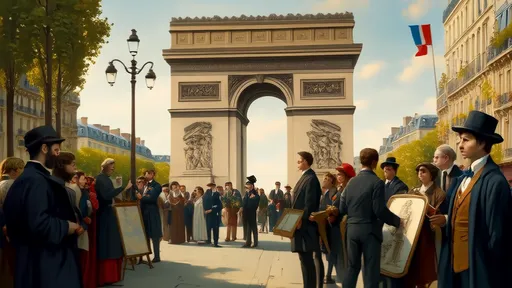
By /Jun 26, 2025

By /Jun 26, 2025
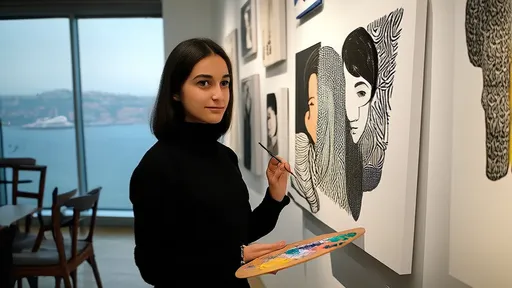
By /Jun 26, 2025
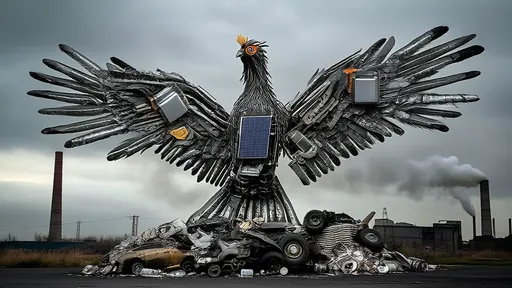
By /Jun 26, 2025

By /Jun 26, 2025
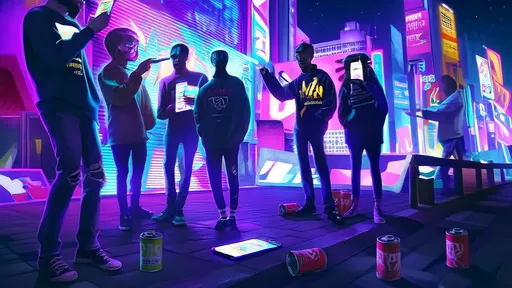
By /Jun 26, 2025
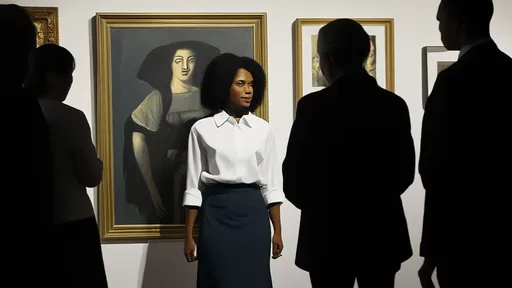
By /Jun 26, 2025
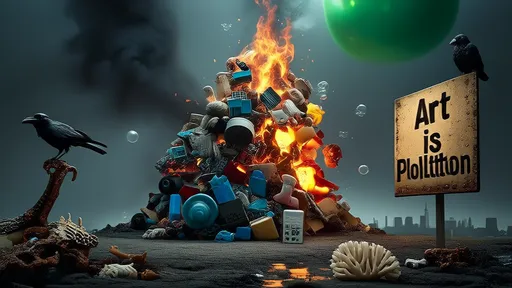
By /Jun 26, 2025
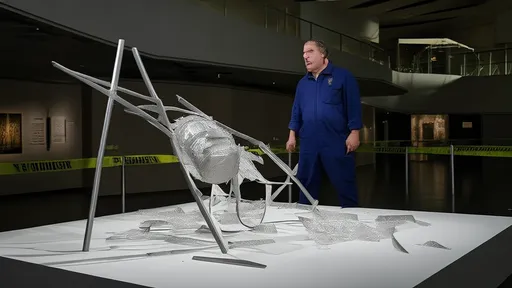
By /Jun 26, 2025
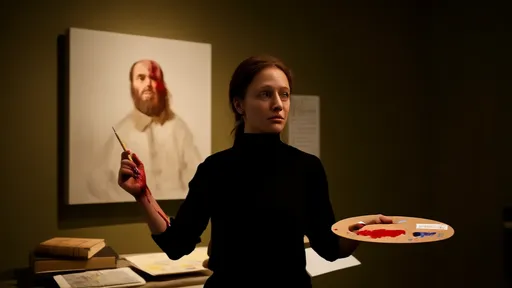
By /Jun 26, 2025
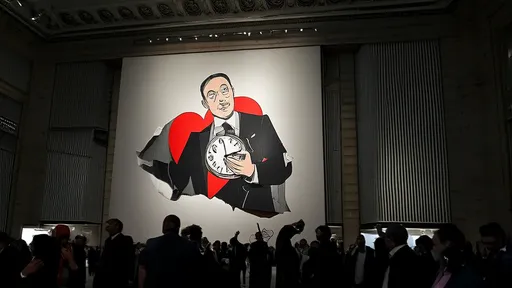
By /Jun 26, 2025

By /Jun 26, 2025

By /Jun 26, 2025